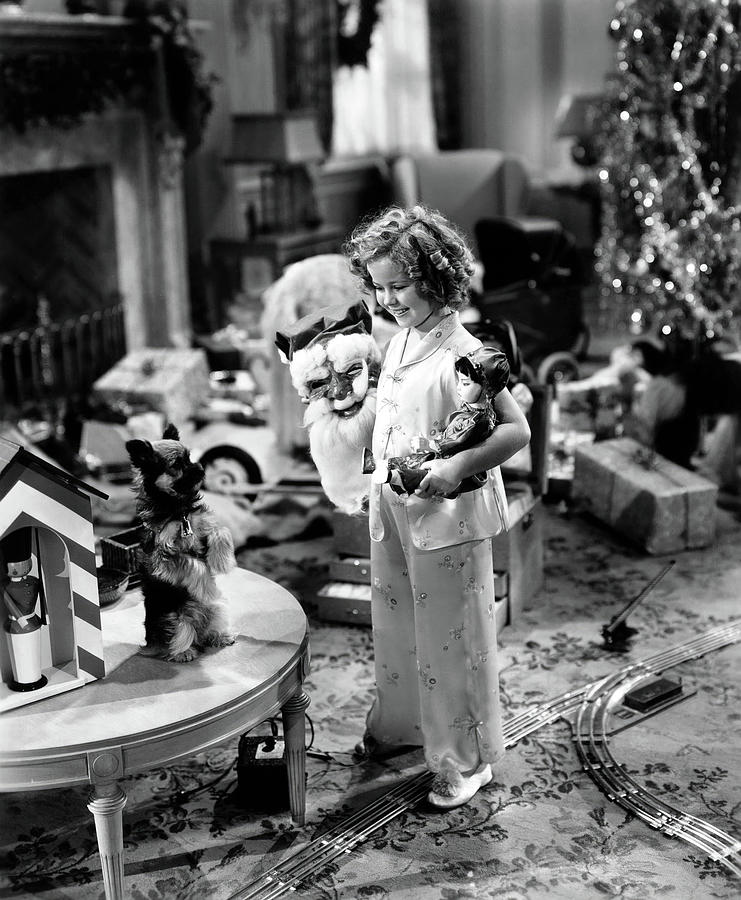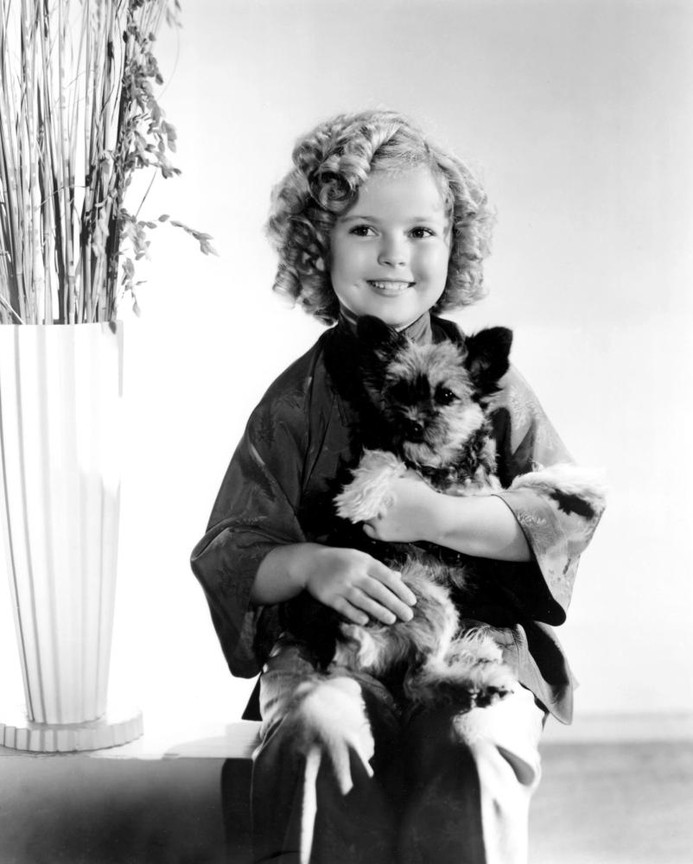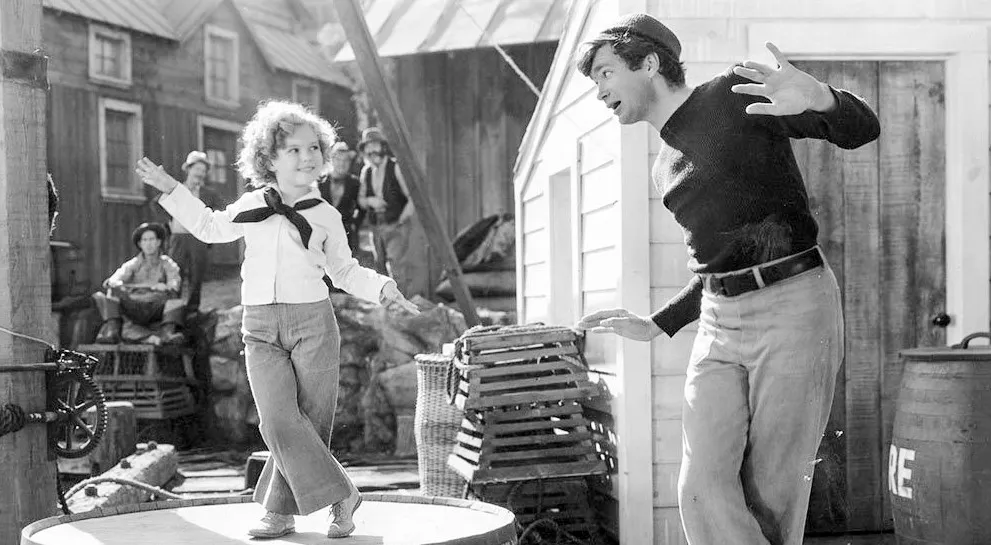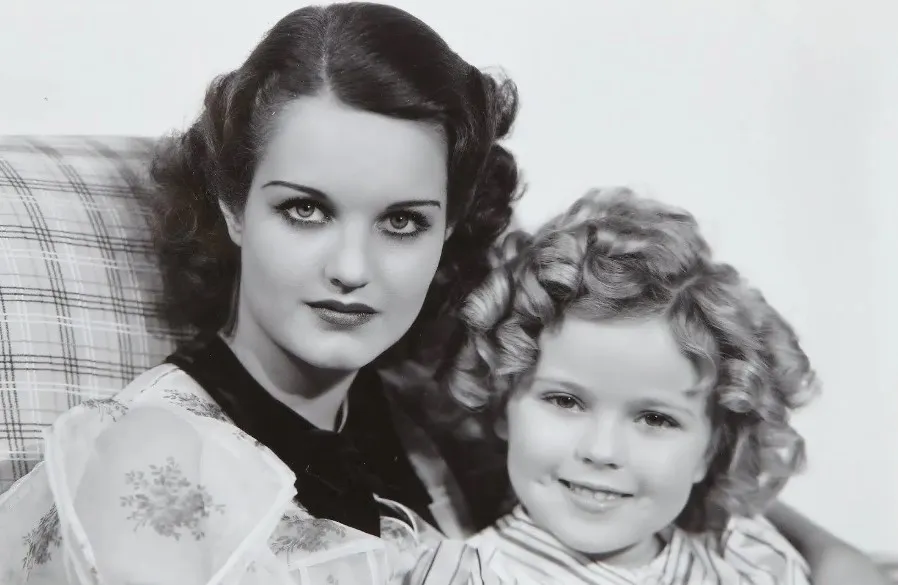When it comes to classic Hollywood cinema, few names evoke as much warmth and nostalgia as Shirley Temple. Known for her curly hair, dimples, and infectious spirit, Shirley Temple's films have brought joy to countless audiences. Among her extensive filmography, "Stowaway" (1936) stands out as a delightful adventure that encapsulates the charm and innocence that made Shirley Temple a beloved icon of her time.
Shirley Temple: The Darling of Hollywood

Before diving into the specifics of "Stowaway," let’s set the stage with some background on the pint-sized powerhouse that is Shirley Temple.
Born on April 23, 1928, in Santa Monica, California, Temple became a household name by just six years old.
Her unmistakable charm and dancing talent earned her rapid success during the Great Depression, bringing smiles and hope to millions.
By 1936, Shirley Temple was already a titan in the film industry. She had starred in numerous box office hits and won the first Juvenile Academy Award for her exceptional contributions to entertainment.
Her movies weren’t merely escapist fun but also inspiring tales of hope and resilience.
The Plot of "Stowaway"

In "Stowaway," Shirley Temple plays the role of Barbara "Ching-Ching" Stewart, a young American girl left orphaned in Shanghai.
Raised in a mission, Ching-Ching has absorbed the local culture, which is playfully depicted by her charming use of Chinese phrases.
One day, her curiosity leads her to board a cruise ship bound for America as a stowaway, setting the stage for a series of heartwarming adventures and charming escapades.
Onboard, Ching-Ching meets and befriends Tommy Randall (played by Robert Young) and Susan Parker (played by Alice Faye).
Tommy and Susan, both dealing with their respective romantic entanglements, are drawn to Ching-Ching's innocence and joie de vivre, which ultimately help to mend their own hearts.
The film artfully intertwines the stories of these characters, blending humor, emotion, and timeless Shirley Temple magic.
Spirited Performance: Shirley Temple as Ching-Ching

Shirley Temple’s portrayal of Ching-Ching in "Stowaway" is nothing short of enchanting.
At just eight years old, Temple’s performance combines her natural charisma with a depth that belies her years.
From singing and dancing to acting, Temple exhibits a range of talents that captivate the audience and elevate the film.
One of the movie’s standout sequences is when Ching-Ching performs the iconic song “Goodnight, My Love” as she sweetly sings herself to sleep.
This scene showcases Temple’s vocal talent and ability to convey genuine emotion, eliciting a tear or two from viewers.
Her interactions with the adult characters Tommy and Susan are equally endearing, as she plays the role of a wise-beyond-her-years cupid with adorable flair.
Humor and Real-Life Examples: Adding a Touch of Fun

What makes "Stowaway" particularly delightful is its clever blend of humor and heart.
Shirley Temple’s mischievous innocence brings a sense of light-heartedness to the film, evidenced by scenes where she outsmarts the ship's crew or brokers peace between the bickering adults.
For instance, there’s a memorable scene where Ching-Ching cleverly prevents a break-up between Tommy and Susan by locking them together in a cabin, forcing them to confront their feelings.
This moment is as humorous as it is touching, illustrating Ching-Ching's adept matchmaking skills— something many adults might wish for in their own lives!
Temple’s charm isn’t just relegated to the screen. In real life, her role as Ching-Ching inspired many young viewers to learn phrases in different languages, mirroring her character's multilingual wit.
This film, with Temple’s playful interactions and clever solutions, has inspired generations to maintain a light-hearted spirit even in challenging situations.
Supporting Cast and Chemistry

While Shirley Temple undoubtedly steals the show, the supporting cast of "Stowaway" contributes significantly to the film's magic.
Robert Young, as Tommy Randall, captures the essence of a kind-hearted man initially lost in his own troubles but gradually transformed by Ching-Ching's infectious spirit.
Alice Faye, playing Susan Parker, beautifully complements Young, portraying a character who balances her own vulnerability with fierce independence.
The chemistry between Temple, Young, and Faye is palpable, adding layers to the film’s narrative.
Their interactions with Temple’s Ching-Ching help convey messages of love, redemption, and the importance of second chances. The film benefits immensely from the heartfelt performances of these talented actors, contributing to its lasting appeal.
Cultural Sensitivity and Changing Perspectives

As we celebrate "Stowaway" for its charm and timeless appeal, it is essential to acknowledge the changing perspectives on cultural representation in film.
While Shirley Temple’s portrayal of Ching-Ching is endearing and innocent, the film reflects the time's societal views and occasionally features elements that modern audiences might regard as culturally insensitive.
It is crucial to view the film within its historical context while recognizing the progress made towards more accurate and respectful representation in cinema today.
"Stowaway" remains a valuable piece of cinematic history, offering a lens into the past and an opportunity to reflect on the evolution of cultural narratives in Hollywood.
The Enduring Legacy of "Stowaway"

Over eight decades since its release, "Stowaway" continues to be cherished by classic film enthusiasts and new audiences alike.
The film’s success is a testament to Shirley Temple’s extraordinary talent and the timeless themes of love, adventure, and human connection it portrays.
For many, "Stowaway" represents more than just a movie; it’s a nostalgic journey back to a simpler time.
Parents and grandparents often share this film with younger generations, introducing them to a piece of Hollywood history and the unparalleled charm of Shirley Temple.
The movie stands as a bridge between generations, reminding us of the enduring power of storytelling and the joy of classic cinema.
Influences on Modern Cinema

The impact of "Stowaway" extends beyond its immediate success. Shirley Temple's iconic performance influenced countless future child stars and set benchmarks for child acting in Hollywood.
The film's blend of comedy, drama, and heart has inspired numerous family films that aim to capture a similar magic.
Furthermore, Temple’s portrayal of Ching-Ching brought attention to the potential for young actors to carry complex, emotionally resonant roles.
This realization reshaped how Hollywood approached child performances, paving the way for more nuanced and substantial roles for young talent in future films.
Celebrating Shirley Temple and "Stowaway"

In conclusion, "Stowaway" (1936) stands as a remarkable film that encapsulates the essence of Shirley Temple’s unparalleled charm and talent.
Her performance as Ching-Ching is both heartwarming and inspiring, showcasing her ability to touch audiences of all ages.
The film’s delightful blend of humor, adventure, and heartfelt moments continues to captivate viewers, securing its place in the annals of classic cinema.
As we celebrate Shirley Temple and her timeless contributions to film, "Stowaway" remains a shining example of her enduring legacy.
Whether revisiting this gem from Hollywood’s Golden Age or discovering it for the first time, audiences can’t help but be enchanted by the magic Shirley Temple brings to the screen.
Her work in "Stowaway" continues to inspire joy, nostalgia, and a reminder of the simple, yet profound, pleasures of classic cinema.



